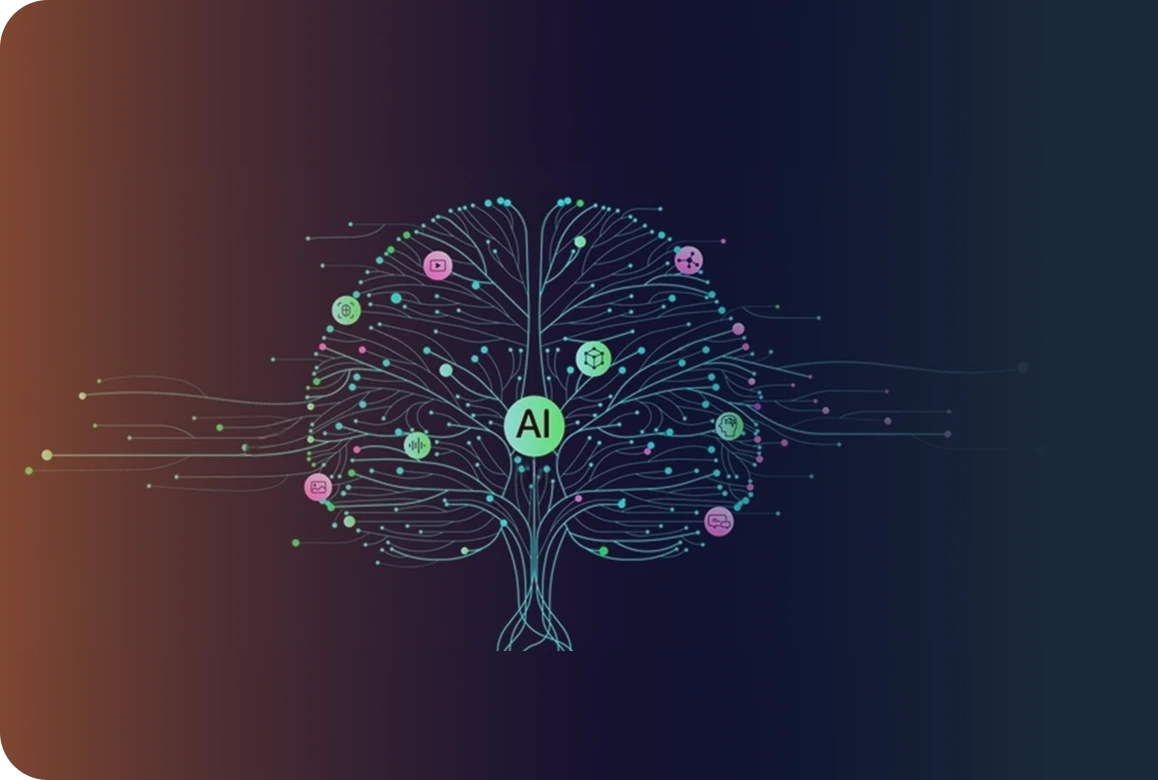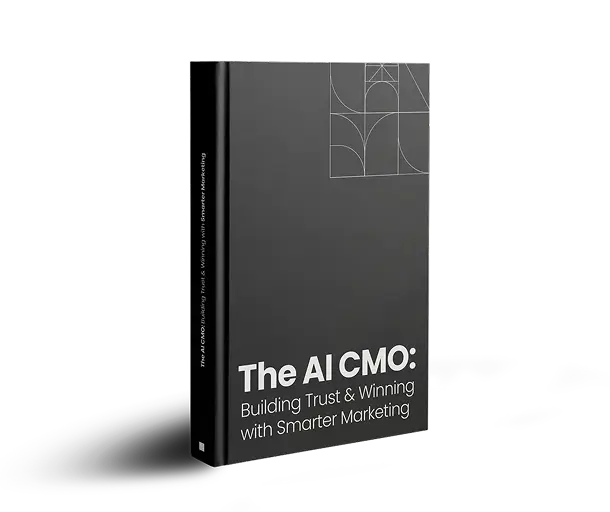
What is Web Personalization and Why Does It Matter in 2025?
A few years ago, “personalization” meant dropping someone’s first name into an email subject line. In 2025, that feels almost laughably basic. Buyers today expect web personalization, where your entire website adjusts to their needs automatically.
So, what is personalization in this context? It’s the ability for your site to recognize a visitor’s role, industry, behavior, or even stage in the buyer journey, and deliver a tailored experience. Instead of a generic homepage, a CISO landing on a cybersecurity website should immediately see security case studies, integrations, and role-specific messaging.
The rise of AI web personalization has accelerated this shift. AI-driven models can now predict buyer intent, recommend relevant content, and optimize the customer journey without manual rule-setting. The results speak for themselves: McKinsey reports that companies using advanced personalization generate 40% more revenue from those activities compared to peers who don’t. In 2025, web personalization will become essential for B2B and SaaS brands to maintain their competitiveness.
Who Benefits the Most from Website Personalization?
- Buyers: Personalized experiences reduce friction. A CISO gets different messaging than a Marketing Director, making content more relevant and saving time.
- Brands: High-converting companies use website personalization strategies to increase engagement, pipeline acceleration, and customer loyalty. Personalized calls-to-action and content hubs consistently outperform static ones.
- Internal teams: Including marketing, sales, and customer success all benefit. With data-driven website personalization strategies, they get insights into what resonates most, helping refine campaigns, improve follow-ups, and reduce churn.
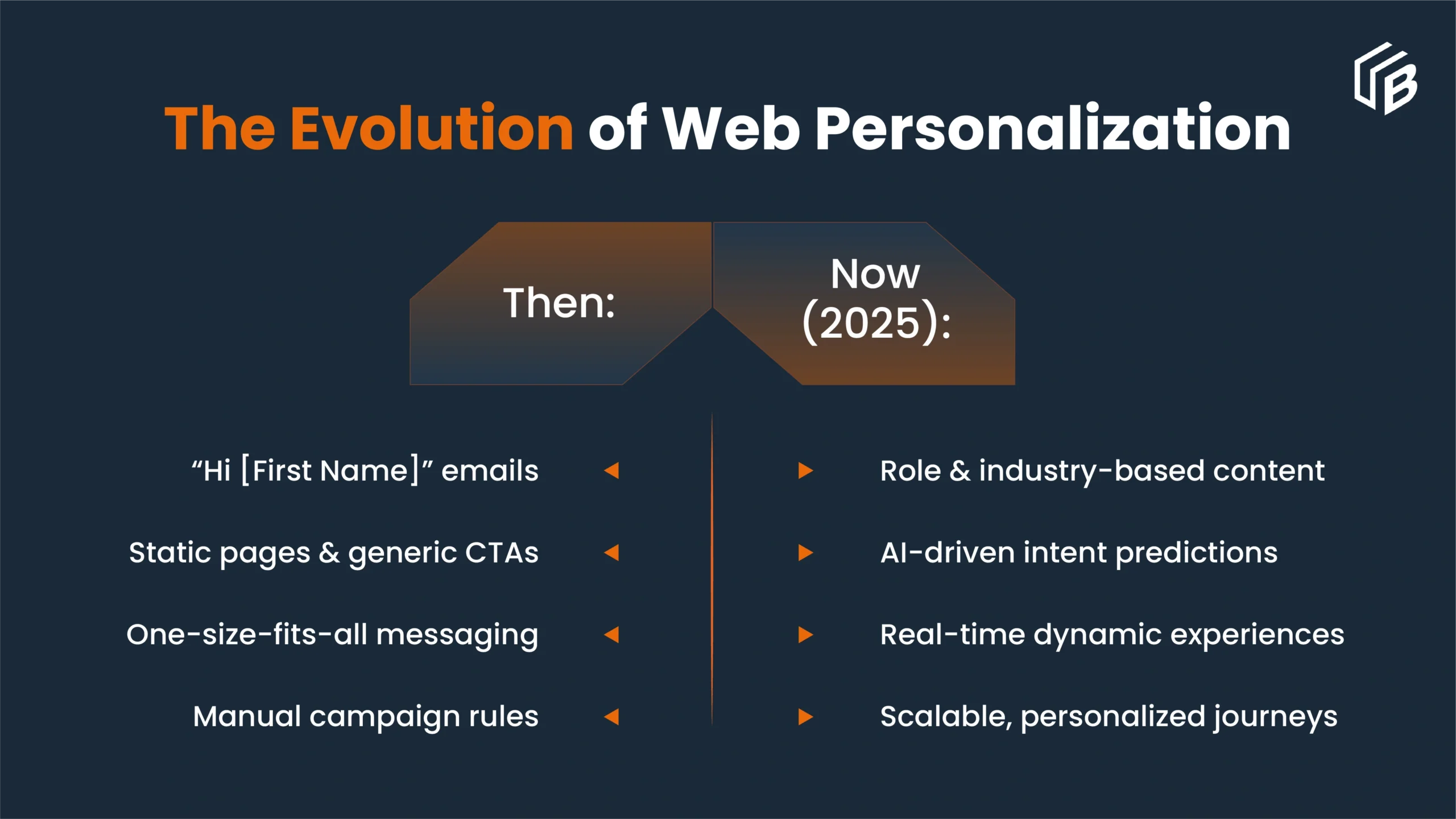
Where Should Web Personalization Happen on a Website?
The most effective brands understand that site personalization shouldn’t stop at the homepage; it needs to flow through every step of the digital journey. Buyers don’t interact with your website in a single, linear way. They explore, compare, revisit, and evaluate. That’s why personalization has to be woven into the entire experience, not just one touchpoint.
- Homepages: Dynamic headlines, industry-specific banners, and tailored CTAs.
- Product/Solution pages: Show use cases based on industry, role, or firmographics.
- Content hubs & blogs: Recommend resources based on browsing history.
- Demo/Request forms: Pre-fill data and reduce friction with smart personalization.
- Dashboards: For SaaS or e-commerce, recommend features or products based on usage.
These website personalization examples prove a simple truth: personalization is about making every interaction feel intuitive and relevant. When done well, even minor tweaks in copy, structure, or recommendations can lead to dramatic improvements in engagement and conversions.
When Does Personalization Deliver the Best Results?
In web personalization, timing is just as important as the message itself. The most successful brands know that relevance lands hardest when it’s delivered at the right stage of the buyer journey or during critical “micro-moments” that influence decisions. According to research, 91% of smartphone users turn to their phones for quick answers in the middle of a task, making those fleeting seconds prime real-time opportunities to capture intent.
- Awareness Stage: At the very top of the funnel, buyers are still exploring their problems and potential solutions. This is the moment to serve role-specific educational content guides, explainer videos, or thought-leadership pieces that speak to their priorities.
- Consideration Stage: Here, buyers are actively comparing solutions. Website personalization strategies that highlight industry-relevant case studies, side-by-side comparisons, and customer success stories make your offering feel more tailored and trustworthy.
- Decision Stage: At the bottom of the funnel, personalization should focus on reducing hesitation and reinforcing value. This could mean surfacing ROI calculators, tailored demo offers, or proof points that speak directly to the buyer’s role or industry.
The real advantage in 2025 comes from AI web personalization, which enables brands to adapt in real time. Instead of relying solely on static, pre-set rules, AI can anticipate buyer intent and instantly deliver the most relevant experience.
Consider this example: A CISO lands on your security solutions page. Instead of being greeted with generic product copy, they see compliance frameworks, peer testimonials from other CISOs, and integration details for enterprise systems. That immediate relevance transforms casual browsing into serious consideration and ultimately, conversion.
Why Web Personalization Is Non-Negotiable in 2025
In 2025, B2B buyers expect the same level of personalization they experience in their consumer lives, but with far higher stakes. A CISO researching cybersecurity tools doesn’t want to wade through generic product pages, they want to see compliance resources, integration details, and peer case studies. A VP of Marketing evaluating an ABM platform expects ROI benchmarks, campaign playbooks, and role-specific demos.
Without website personalization, your site feels like a one-size-fits-all brochure. In B2B, where deal cycles are long and buying committees complex, that lack of relevance can cause high-value visitors to disengage and move on to competitors who “get” them.
The competitive advantage today lies with brands that use advanced web personalization platforms to align digital experiences with real buyer intent. High-converting B2B companies are going beyond cosmetic tweaks. They are designing data-driven website personalization strategies that guide prospects through each stage of the journey with precision in building trust, accelerating pipeline, and driving higher win rates.
In other words, personalization in 2025 is about showing decision-makers that you understand their role, their challenges, and their priorities from the first click.
How Brands Execute Web Personalization
High-converting B2B brands understand that effective personalization is intentional. It blends strategy, technology, and AI to deliver experiences that feel relevant at scale.
Types of Web Personalization That Work in B2B
The most impactful personalization strategies go beyond surface-level adjustments. Leading companies use:
- Role-Based Personalization: A CISO and a Marketing Director have very different priorities. Role-based experiences ensure each sees content aligned with their responsibilities and goals.
- Industry-Based Personalization: A SaaS provider serving both healthcare and financial services must adapt messaging to highlight compliance for one audience and cost optimization for the other.
- Behavioral Personalization: Experiences tailored to actions such as downloading a whitepaper, visiting pricing pages, or engaging with specific features.
- Contextual Personalization: Adjusting experiences based on location, device, or referral source to ensure relevance in the moment.
- Predictive Personalization: Powered by AI web personalization, this approach uses intent signals and historical data to recommend the next best piece of content, demo, or offer.
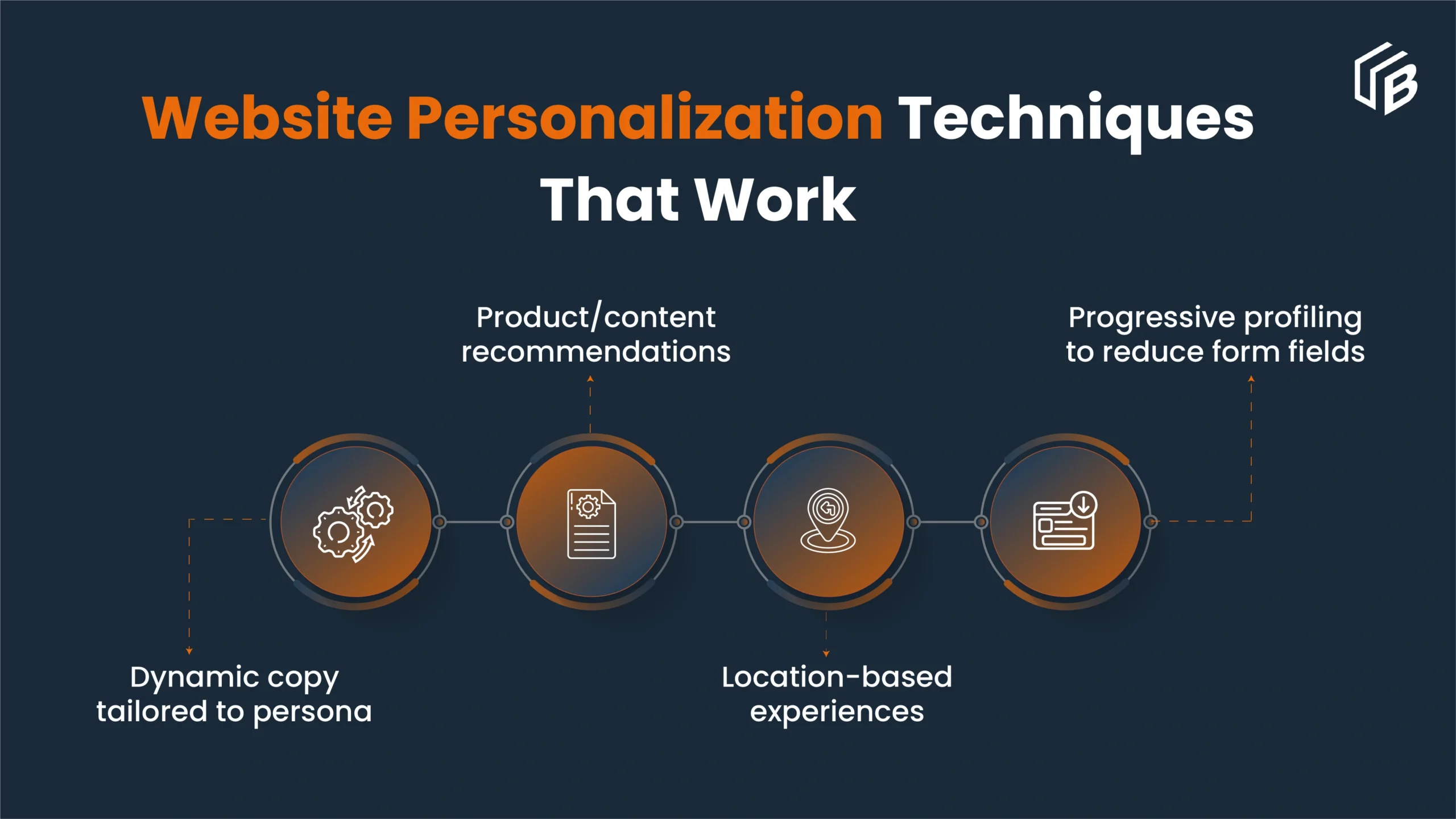
Platforms Powering B2B Personalization
Advanced web personalization platforms such as Adobe Target, Optimizely, Dynamic Yield, and Demandbase make these strategies accessible to B2B and SaaS companies. These tools connect data, automate personalization, and enable continuous optimization.
Challenges and How High-Converting Brands Overcome Them
Personalization comes with challenges. The most common include:
- Data privacy and compliance with regulations like GDPR and CCPA
- Integration complexity across CRM, CMS, and marketing automation tools
- Managing multiple platforms without creating silos or inefficiencies
The difference between companies that struggle and those that succeed lies in execution. The most effective follow a structured playbook:
- Audit the Buyer Journey: Identify personalization opportunities at each stage of awareness, consideration, and decision.
- Select the Right Platforms: Choose web personalization platforms that integrate with your existing stack and scale with your needs.
- Implement Data-Driven Strategies: Build personalization around buyer intent, behavior, and firmographic data, not assumptions.
- Test and Optimize Continuously: Treat personalization as an ongoing experiment, measure impact, and refine constantly.
When executed this way, personalization transforms from a marketing tactic into a growth strategy. High-converting B2B brands prove that it shortens sales cycles, builds trust, and drives measurable revenue impact.
Conclusion
In 2025, buyers won’t stick around for websites that don’t meet expectations. They expect web personalization that speaks to their role, their industry, and the problems they’re trying to solve. When a visitor feels, “This brand gets me,” that’s when trust begins to form.
The companies leading the way know website personalization is about building credibility, accelerating deals, and turning a static site into a growth engine.
If your site still treats every visitor the same, you’re not just missing opportunities, you’re giving competitors the chance to win buyers who could have been yours.
Our blog
Latest blog posts
Tool and strategies modern teams need to help their companies grow.
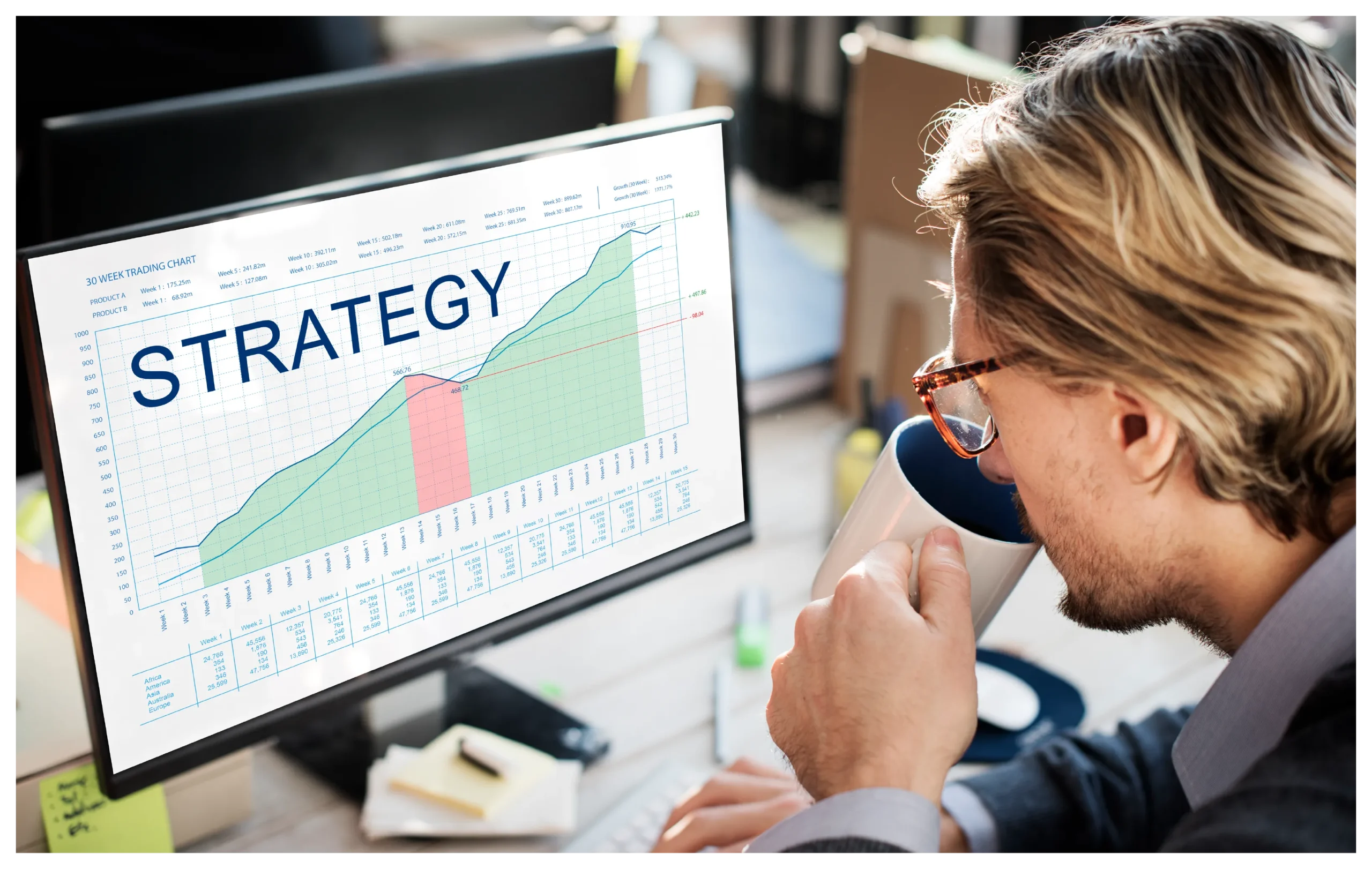
Today, where long sales cycles and complex buying committees are the norm, generic le...

As B2B marketing evolves, the demand for high-performing, always-on creative content ...






